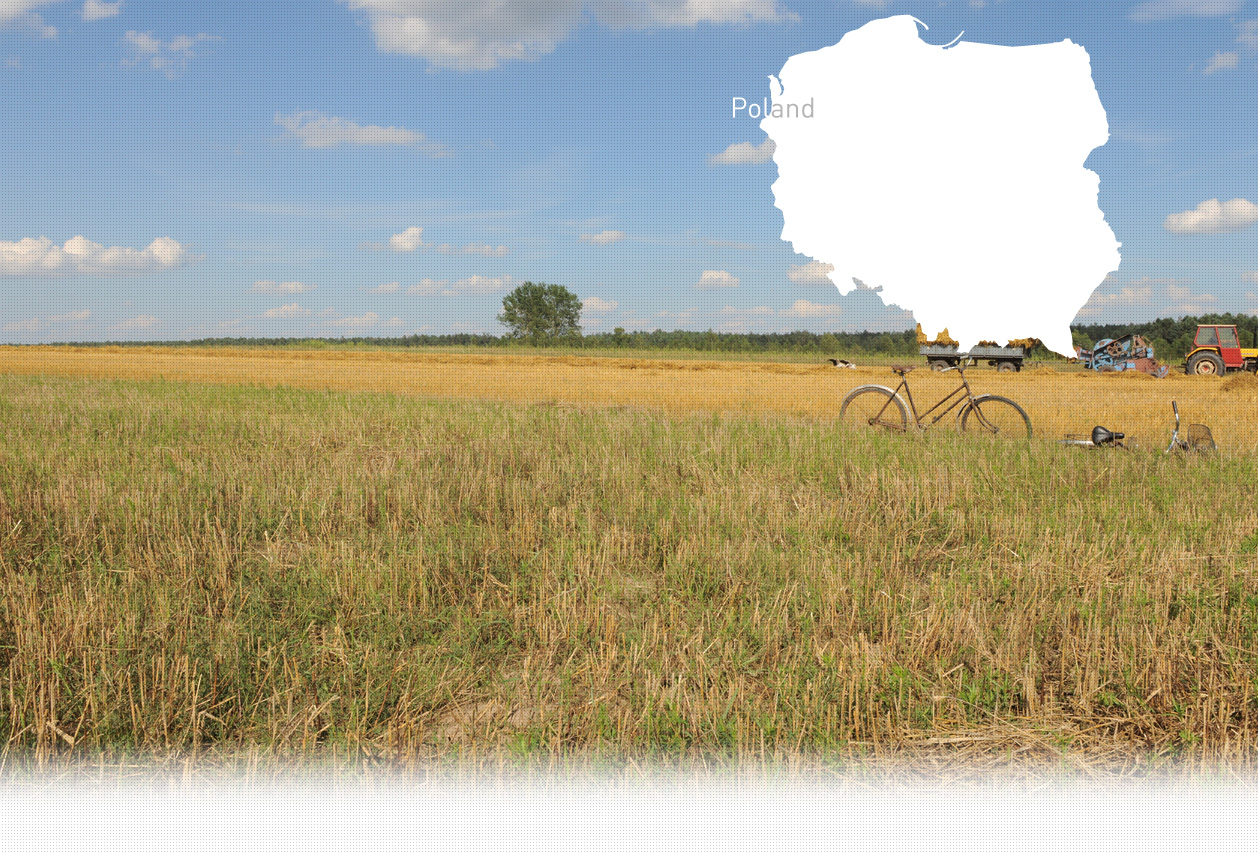

1 Killing site(s)
Stefan Ł., born in 1929: “When the Germans arrived in Majdan Sieniawski, they took over the local sawmill. It was a brand new sawmill with a steam engine and a carpentry workshop. My brother, like many other residents, worked at the sawmill, so did many Jews. In the fall, around noon, the Germans arrived to shoot the Jews. They decided to take them out of a canteen where everyone was eating at lunchtime. The Jews were taken out one by one. I saw the shooting because that day I came to bring lunch to my brother who worked there. When the shooting started, my brother asked me to leave. The Jews had not yet been shot when I arrived at the sawmill, I think that it was the beginning of the shooting. I don’t not know how many Jews worked there, there may have been Jews from Tarnogród as well. Once all the Jews had been shot, their bodies were moved into the forest, 200-300m from the sawmill, to be buried.” (Witness N°1364P, interviewed in Majdan Sieniawski, on September 16, 2022)
Majdan Sieniawski is a village in the administrative district of Gmina Adamówka, within Przeworsk County, Subcarpathian Voivodeship, in southeastern Poland. It lies approximately 58 km north-east of the regional capital Rzeszów. Until 1947, it was a Polish-Ukrainian village. In 1939 it had a population of 2430: 10 Ukrainians, 2190 Poles, 130 Ukrainian-speaking Roman Catholics and about 100 Jews. Majdan Sieniawski is located about 15 km away from Sieniawa, which was one of the largest Jewish population centers of the region before the Second World War. In 1921, 1971 Jews, 56.7% of the local population, lived in Sieniawa. By 1939 this number had grown to approximately 3,000. Available archives do not provide much information on the prewar life of the Jewish community of Majdan Sieniawski. The Yahad team only managed to establish the course of the occupation and the fate of the town’s Jewish community through interviews conducted with local residents. According to Edward, born in 1934, interviewed in Majdan Sieniawski in September 2022, Jewish residents of the town were mainly engaged in trade, door-to-door commerce and handicraft. They owned many shops and workshops all over the village. Some Jews also owned small farms and livestock. A local sawmill was owned by Jews as well. There was no synagogue in Majdan, Jews prayed in private. Edward recalls that Jewish and non-Jewish children would go to the same local school and that the relations between both communities were rather good.
Holocaust by bullets in figures The region found itself under a brief German occupation from September 1939. The Soviets took over later that month, following their invasion of Poland from the east. The German recapture of Sieniawa and the surrounding took place in June 1941. Available archives do not provide much information on the course of the German occupation in Majdan Sieniawski. Thanks to the interviews conducted in Majdan Sieniawski, Yahad managed to establish that most of the Jewish families were sent to the Tarnogród ghetto, located about 8 km (4.9 miles) from Majdan Sienaiwski. According to Edward, born in 1934, the local Jewish families were taken to the ghetto using carts driven by requisitioned Poles. According to available archival sources, the deportation of the Jews took place on July 24, 1942. They perished most probably during the ghetto liquidation, when some 2,500 men, women, and children, were first taken to Bilgoraj, and then sent to the Belzec extermination camp on November 3rd, 1942. Some 50 ailing and elderly persons who had been unable to meet at the assembly point were taken to the local cemetery and murdered there. During the investigation in Majdan Sieniawski, the Yahad team managed to establish the circumstances of the shooting of about 20 Jewish employees of a local sawmill. According to Edward, when the German occupation started, the Germans took over the direction of the sawmill, expanded it and brought in a group of about 20 Jewish workers from nearby Tarnogród. The Jewish men worked in the sawmill for a few months. On November 3, 1942, while the sawmill workers were having lunch in the canteen, a group of Germans arrived from Tarnogród. They ordered the Jews had to leave the canteen one by one and shot them at the entrance of the building. After the shooting, the mill’s non-Jewish workers were forced to bury the bodies in a nearby forest. Today there is no trace of either the sawmill or the mass grave site, which remains lost, without any memorial.
Do you have additional information regarding a village that you would like to share with Yahad ?
Please contact us at contact@yahadinunum.org
or by calling Yahad – In Unum at +33 (0) 1 53 20 13 17